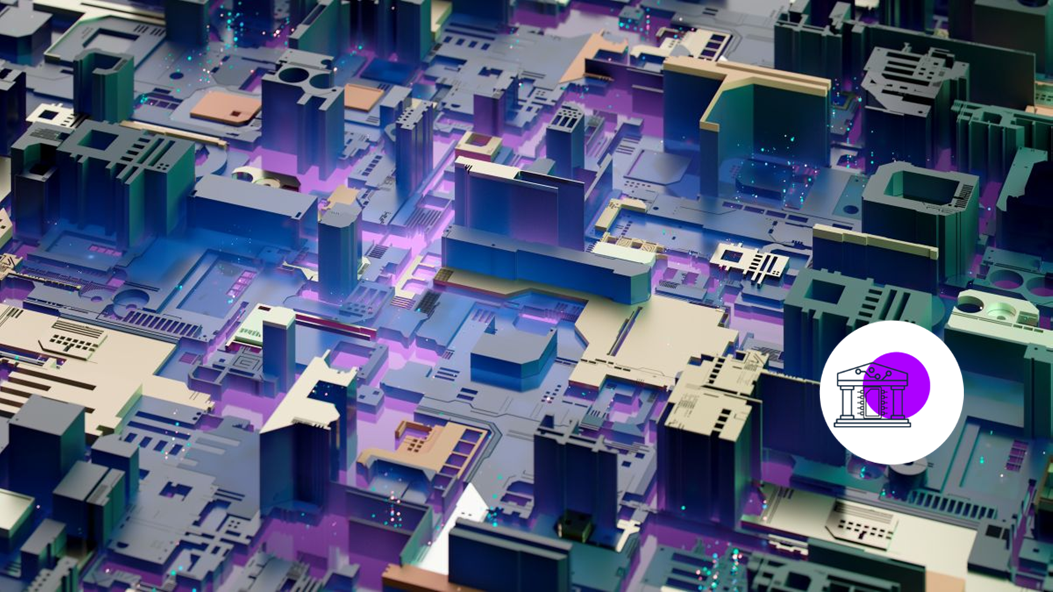Event round-up: Reimagining Government operations with technology
Discussions centred on reimagining Government operations through technology, the impact of GenAI, opportunities and barriers encountered in adopting emerging technologies and the need for collaboration among departments to fuel innovation. Delegates explored the transformative potential of technology and the barriers faced in the adoption of these emerging technologies by the Government in the digital age.
Gen AI: A transformative force
The emergence of GenAI was likened to the early days of the internet, noting that websites have changed dramatically since 1999. Participants agreed that the impact of GenAI in revolutionising citizen services is staggering and acknowledged its imminent impact. GenAI’s human-like responses, with natural language understanding, make it more user-friendly, engender trust and is propelling its swift integration and accelerated adoption, leading to unprecedented advancements in public service delivery. Whilst this makes planning for the future challenging, notable existing applications include healthcare appointments to social services, translation services for GPs in ethnically diverse areas improving accessibility and efficiency.
However, the adoption of GenAI is not without its complexities. Departments need to build capabilities and promote responsible usage to minimise risk and prevent misuse, such as fraud and the generation of malicious content. Moreover, addressing bias and political interference remain critical concerns.
Public sector's technological journey
The public sector is already undergoing a digital transformation, with departments exploring ways to enhance citizens' lives using technology amongst other priorities set out for them by ministers and within the budgets afforded to them. To make a success of the transformation, Government departments need to identify pain points, and focus on a few priorities of greatest benefit to the citizen.
Government departments’ aspirations to adopt and use AI is not limited by ideas but by a lack of skilled workforce and the budgets to execute those projects. Departments must help upskill employees and facilitate the cultural shift to bring them on the journey.
Collaboration and knowledge sharing
While progress has been made on inter-departmental collaboration, silos still exist. Departments recognise the need for diverse skill sets and external partnerships to innovate effectively. The Government also needs better collaboration with industry to encourage knowledge sharing and "learning by doing".
One significant obstacle is the disparate technology stacks and legacy IT systems across departments. Creating a unified tech environment remains challenging. Finding common ground in technology adoption and support is a key challenge.
Citizen-centric approach
While some argue that the current citizen experience is satisfactory, others emphasise the need for a unified approach. Examining user requirements and identifying commonalities across different Government departments could lead to more efficient services. Positive examples such as the sharing of digital images between departments were cited. Possibly the best way to drive innovation is a crisis – noting how public sector departments responded to the COVID-19 pandemic, uniting behind a common goal.
Dealing with legacy technology
Establishing a common definition of what constitutes legacy tech and communicating the risks and impacts of failure to senior leadership can drive investment in modernisation. However, departments often hesitate to share their technology initiatives with each other, hindering progress.
Clear communication between IT leaders and senior leadership is essential. Technology experts must speak the language of leadership, and senior leaders must understand technology's role in transformation. Finding a common language to bridge that divide, ensuring understanding on both sides is a goal technologists and all leaders need to work harder on.
In summary: Challenges and opportunities
While complexities exist, there was consensus that transformative change is on the horizon. Collaboration and simplicity are key to overcoming hurdles and achieving meaningful progress in public services. To successfully reimagine Government operations with technology, the public sector must adopt the 4M principles (mindset, model, machinery and method), engage in dialogue with suppliers, foster internal and external collaboration, and remain focused on its core objectives … it’s a collective effort. By doing this, departments will navigate this rapidly evolving landscape successfully and deliver better connected citizen services.


